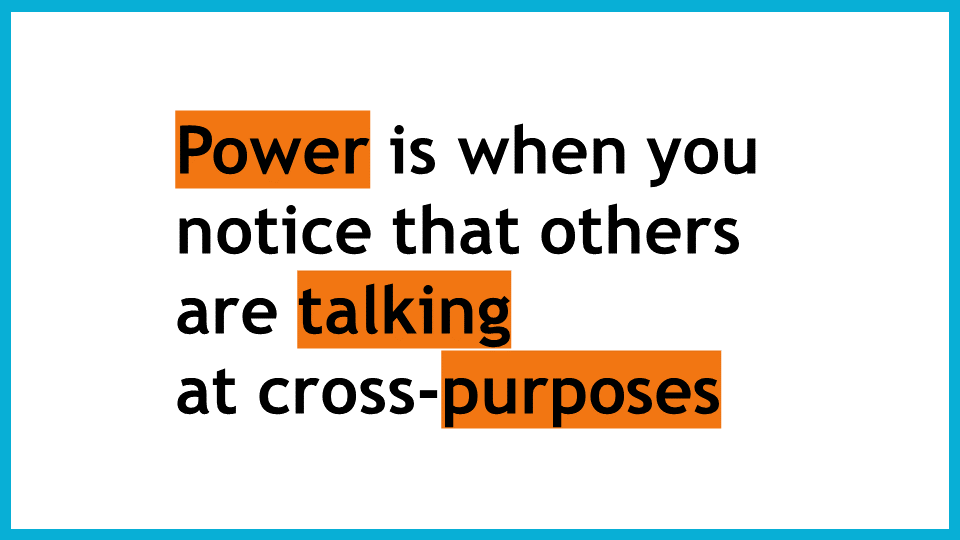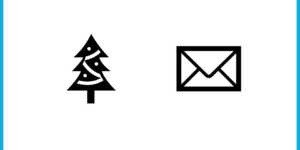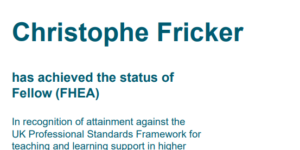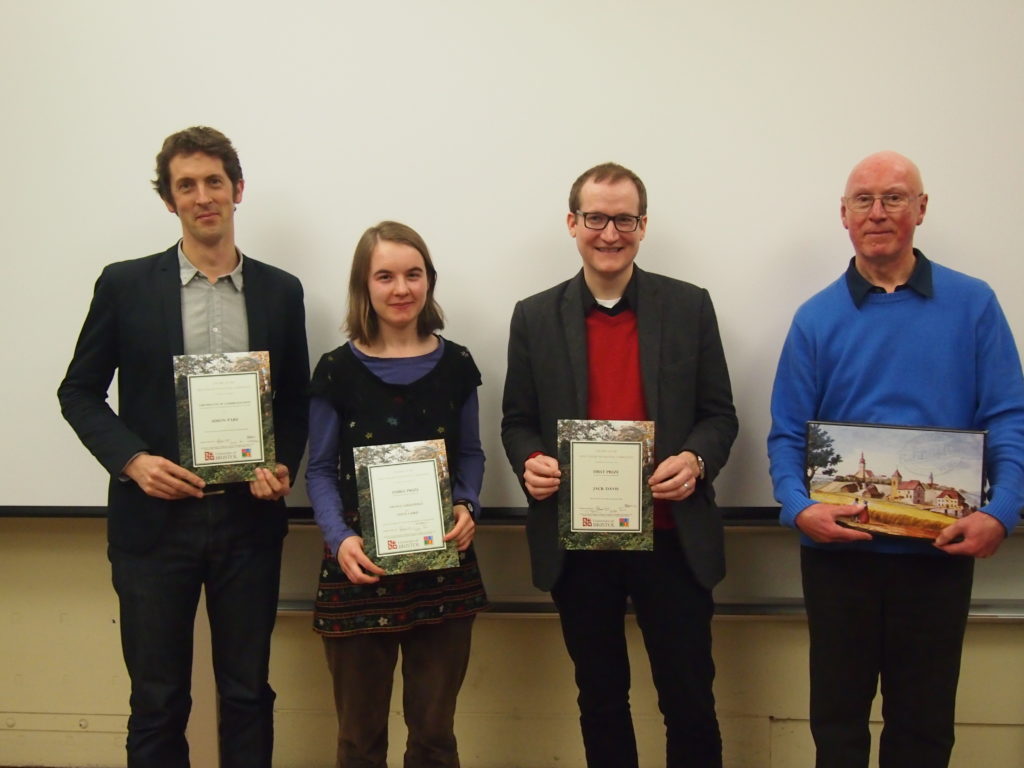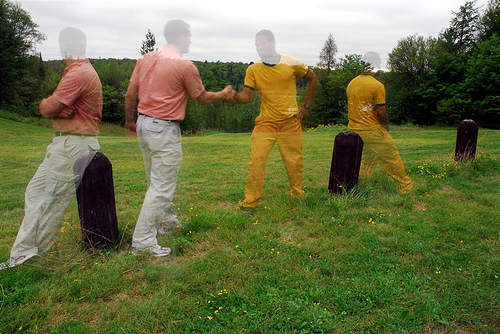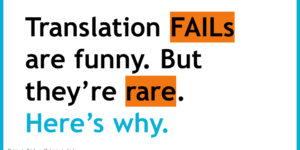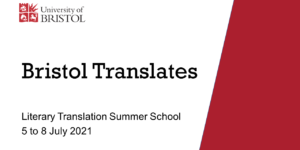At a recent meeting held at Goldsmiths in London on Translation and Interpretation work in Multilingual Business Communities, I was given the opportunity to contribute my analysis about the role that language and translation can play in multilingual research projects.
My starting was that in any multilingual research undertaking, translation informs virtually everything aspect of the project, well beyond translation and interpretation in the narrow senses of these terms. As a founding partner of Nimirum, my contribution to the debate was one of a practitioner, but I am happy to acknowledge that some of the excellent work that Timothy Senior has done in evaluating the AHRC-funded Knowledge Exchange Hubs has come to conclusions that shed a very good light on the environment in which Nimirum operates too.
I argued that translation happens in four areas of our work, which I will summarise briefly on this blog. I would be delighted to discuss any of these further in the future.
1: Clients – each person involved has a different view of how global the world is.
As a research firm – a business – we work for people in corporations and agencies – for people in business development and marketing units. Yes, these people may be able to command the ressources of a large corporate bureaucracy; but it is them who decide whether or not to call on these ressources. It is them as individuals who contribute to the growth or decline of their employer. It is them who advance the agenda of the company they work for – as well as their own. We work for people, and it is their language skills and translation needs and their views of the way in which our world is global and diverse that determine the way we work with them.
Many of these people work in multinational corporations or in global network agencies. So why do they still get us involved? Reasons have to do with logistics, power, and capacity. Across the board, they need to know more about the extent to which their actions can change the way people in these markets behave and think. All of these are issues involving a cultural translation challenge. We get involved when this challenge is recognized and when the individual in charge is keen to make sure that they are overcome.
2: Research Focus. Actors and users rarely speak the same language.
Our work is in the subject areas of ‘Social and Economic Change,’ ‘Human/machine interaction,’ and ‘Consumer Biographies.’ Our focus is always on the people who shape the area in question, and on those who are exposed to it. Rarely do these two groups speak the same language, and that gap is what you may call an ‘opportunity’ or a ‘threat.’ Again, recognizing that, in an innovative sector, the discourses of various stakeholder groups differ — and matter! — means beginning to think about cultural translation issues.
3: Method. The world is most fascinating where people talk at cross purposes.
In light of all of this, we have developed a way to organise research projects that sets us apart from other knowledge providers. If you believe, like me, that the most fascinating points in our world are those at which people talk at cross purposes, your research into them needs to be carried out by a whole team – someone who knows where the creator of a potentially disruptive business model is coming from, and someone who knows the values and attitudes of people who might resist the change – and someone who knows how to map these discourses onto one another. Organising research projects in a way that takes full account of these opportunities has been what I have primarily been doing over the last several years. In theoretical terms, it involves finding new ways of addressing complexity.
4: Organisation. Your research team has to mirror the multilingual nature of your research focus.
The crucial element in any multilingual research process is the core team. It is key for us to have people who can talk to our client and find out what their needs are, and someone who can translate this into a research briefing, and to then translate back the research team’s findings into the language of the client.
Scoping, framing, and research design are a much broader challenge than any translation between English and German or Chinese and French could ever be, but they are nevertheless a challenge that is linguistic in nature. In order to address it, everyone involved needs to reach some kind of agreement on the nature and relevance – and limits – of transnational, transdisciplinary, trans-lingual research.
There is work to be done in researching each of these four areas, and I am very keen to continue to discuss these issues for the benefit of anyone involved in multilingual research environments.

